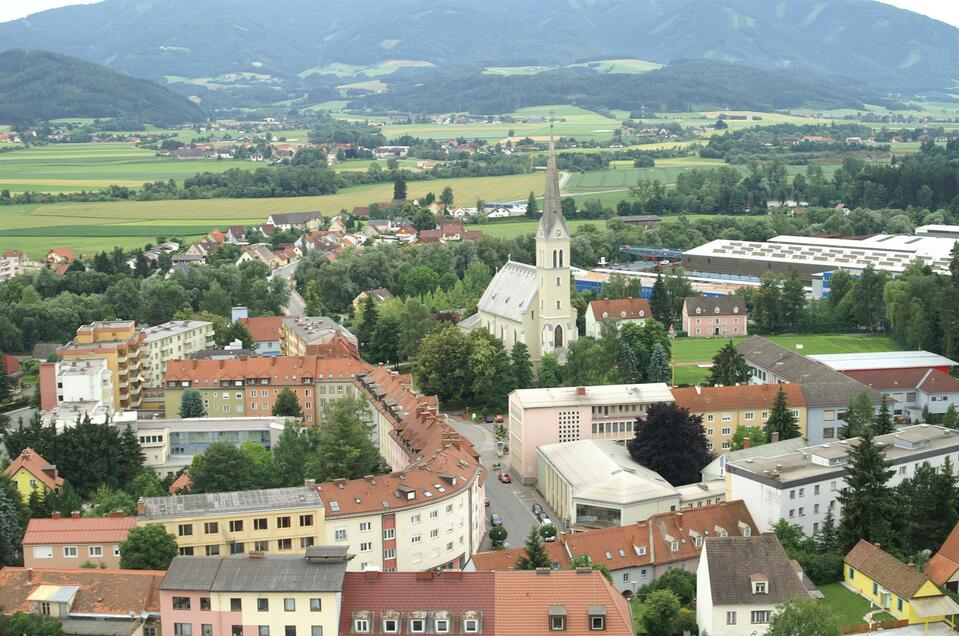Municipal office Zeltweg
ZeltwegZeltweg, a town with diverse industry and the Hinterstoisser military airfield, where the Airpower takes place every 3 years and motor sport history began in 1964.
Zeltweg is an Austrian municipality with 6.990 inhabitants in the upper Mur valley in the district of Murtal in Styria.
The municipality of Zeltweg is located in the Aichfeld at 659 m above sea level. The earliest written record is from 1149 and reads "Celcuic". Already in the 13th century there were some farms in what is now Zeltweg. In the 15th century, however, people had to struggle with famine, poor harvests and incurable diseases. From 1569 Archduke Charles II allowed mud rafting, which played a very important role in the history of Zeltweg. In the following decades Zeltweg grew larger and immigration began.
In the 18th century, the number of inhabitants fell again sharply due to the expansion of the transport routes. In 1848, Count Hugo Henckel von Donnersmarck, who came from Silesia, decided to build an ironworks in the area. This industrial revolution also brought great prosperity to Zeltweg. In 1868 the railway station was opened in Zeltweg as part of the Rudolf Railway. The station became a railway junction in 1870 with the opening of the Fohnsdorf railway; in 1900 the Lavanttal railway was added as a further line.
During the Second World War, many forced labourers worked in the "Hermann Göring Werke", as VAE (VOEST-Alpine Eisenbahntechnik) was called at the time. In 1944 and 1945 Zeltweg was bombed several times by British and American bombers. This was probably due to the war-important industry and the railway junction. At the end of the war Zeltweg was occupied first by the Russians and then by the British. After the Second World War, Zeltweg experienced an upswing in the educational and industrial sectors.
The first Austrian Grand Prix was held at the Zeltweg-Hinterstoisser air base in 1963, but it did not have world championship status.
Opening hours:
Party traffic:
- Monday, Wednesday, Friday from 08:00 a.m. to 12:00 p.m.
- Tuesday and Thursday from 08:00 a.m. to 12:30 p.m. and from 03:00 p.m. to 05:00 p.m.





